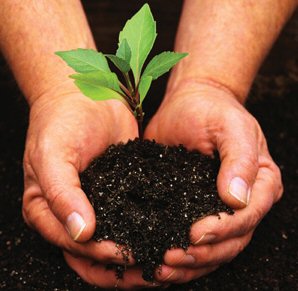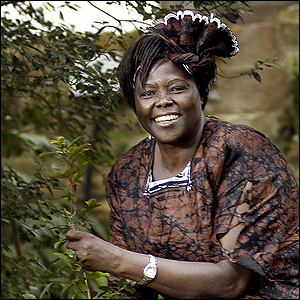 I live in a tree-starved street off the King’s Road in central London, writes Julia Stephenson.
I live in a tree-starved street off the King’s Road in central London, writes Julia Stephenson.
The area is full of shoe shops, clothes shops and estate agents, but despite our fancy post-code we are desperately short of trees.
But this may soon change, for Mayor Boris Johnston has just unveiled a plan to ensure that arboreally deprived boroughs like mine will be the happy recipient of the 10,000 trees he has pledged to plant in London.
For details of how to can suggest a tree is planted in your street click here.
Planting more trees is a real vote winner, and the Mayor made himself even more popular when he scrapped his predecessor’s free mayoral newsletter, The Londoner, or as Johnston put it `Ken’s communist propaganda sheet,’ which has also saved thousands of trees from destruction.
But we are not quite out of the woods, for as yet there are no details of what type of tree will be planted. Unfortunately the trend now is for planting `lollipop’ trees in our cities. These are smaller growing, ornamental species whose stunted canopies will never support wildlife and filter polluted air in the way that native species do.
 We desperately need to plant more trees all over the country. Not only do they help sustain human life – a big beech tree provides enough oxygen to satisfy the daily requirements of 10 people while British woodland supports a staggering amount of indigenous wildlife. Trees reduce noise by acting as a sound barrier, they act as huge natural water pumps, moderate the local climate, provide shading for houses while one hectare of mature woodland absorbs the annual carbon emission of 100 family cars.
We desperately need to plant more trees all over the country. Not only do they help sustain human life – a big beech tree provides enough oxygen to satisfy the daily requirements of 10 people while British woodland supports a staggering amount of indigenous wildlife. Trees reduce noise by acting as a sound barrier, they act as huge natural water pumps, moderate the local climate, provide shading for houses while one hectare of mature woodland absorbs the annual carbon emission of 100 family cars.
Yet despite supposedly being a nation of tree lovers, they are constantly under threat from demented health and safety officials, take for example Islington council’s massacre of veteran pear trees, citing the risk of injury to passersby from `oversized’ fruit.
The situation is just as dire in the countryside. While new trees are indeed being planted, many of them are `exotic coniferous species’. This was particularly the case in the early eighties, when private companies caught on to the tax wheeze of planting large tracts of fast growing coniferous forest which could be offset against income tax. These fast growing trees are structurally weak; they leach nutrients from the hillside and destabilize the soils.
As retired publishing magnate and champion tree planter Felix Dennis puts it, `walking through a fast-growing conifer plantation is like walking through an abattoir. An English oak supports 1,000 different species. Those things (conifers) are hopeless. You might as well stick plastic poles in the ground’.
Dennis is currently planting one of Britain’s biggest broadleaf forests – a glorious 20,000 acres of oak, ash, lime, birch, hornbeam and willow trees.
While only a few of us can plant our own forests we can all plant at least one tree or buy a tree as a present for another, www.trees2yourdoor.co.uk have a good selection of native trees. We can also support the Woodland Trust, who are dedicated to planting native species and saving threatened ancient woodlands.
 Kenyan tree goddess and Nobel Prize winner Wangari Matthai (pictured) inspires us all to do our bit. Against great opposition she set up the Green Belt Movement. Over the past 30 years the Movement has been responsible for planting between 20m and 30m trees in Kenya and elsewhere in Africa. Wangari explains;
Kenyan tree goddess and Nobel Prize winner Wangari Matthai (pictured) inspires us all to do our bit. Against great opposition she set up the Green Belt Movement. Over the past 30 years the Movement has been responsible for planting between 20m and 30m trees in Kenya and elsewhere in Africa. Wangari explains;
`I am an action-oriented person, I don't like to talk only, I want to act, because I want to translate my conviction to something that will make a change, and planting a tree is for me a sign of hope and a sign that as long as we are taking action, we can make a difference.
`Do you ever go back to the first tree you planted’? She was asked.
`Yes [laughs], yes, the very first tree is still there. It is a big tree now, in the middle of a market. Occasionally I go and look at it, and it's doing fine’.
